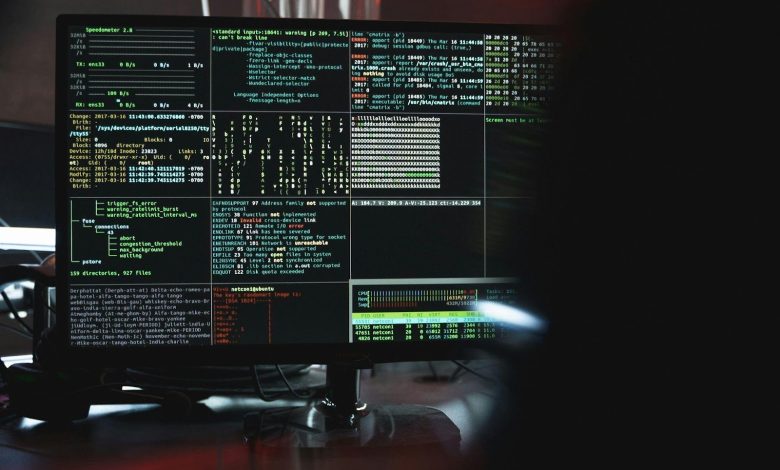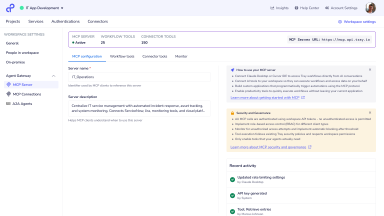
Even in 2025, cybersecurity is still one of the biggest challenges for businesses. With new tools and smarter defenses, you’d think companies would be safer than ever. But many still make the same mistakes that leave them open to attacks. The truth is, hackers don’t always need advanced methods. They often just take advantage of simple oversights.
As digital systems grow and more employees work remotely, every device and connection can become a target. A single weak password, missed update, or careless click can start a chain reaction. The good news is that these risks can be reduced with a few smart practices.
Let’s explore the key cybersecurity mistakes that continue to put companies at risk in 2025 and how to prevent them.
1. Overlooking Real-Time Threat Monitoring
A major mistake many organizations still make is failing to monitor threats as they occur. Some continue to depend on outdated antivirus programs or basic firewalls, which can’t handle the speed or complexity of modern cyberattacks. Today’s attackers use automation, AI, and advanced techniques to breach systems quietly and move across networks without detection.
When real-time visibility is missing, threats often go unnoticed until serious damage has already been done. Continuous monitoring is now essential for identifying abnormal activity and stopping attacks before they escalate.
Modern endpoint detection and response (EDR) tools can deliver this level of security. It continuously tracks endpoint behavior, detects suspicious patterns, and automatically isolates affected systems. It also provides detailed insights into how an attack began, allowing faster investigation and prevention in the future.
The main takeaway is straightforward: ongoing threat monitoring isn’t optional anymore. It should be part of every organization’s core cybersecurity strategy.
2. Weak Passwords and Poor Access Control
It’s surprising how many businesses still use weak or shared passwords in 2025. Even though password leaks and phishing attacks are in the news almost every week, this problem hasn’t gone away. Hackers don’t need to break through strong firewalls if they can just log in with a stolen or guessed password.
Every account, from an employee’s email to a cloud platform, is a potential entry point. The more people share credentials or skip security steps, the easier it becomes for attackers to get in. Simple habits like using “123456” or reusing the same password across multiple systems can put an entire company at risk.
Strong password policies and multi-factor authentication can stop most of these attacks. Businesses should also make it easy for employees to use password managers instead of relying on memory. On top of that, limit user permissions. Only give employees the access they need for their role. That way, even if a single account is compromised, the damage stays limited.
3. Ignoring Software Updates and Patch Management
Another mistake that keeps coming up year after year is ignoring software updates. When developers release patches, they’re often fixing security holes that hackers already know how to exploit. Yet, many businesses delay updates because they worry about downtime or compatibility issues.
That small delay can be costly. Cybercriminals scan the internet for outdated systems, looking for easy entry points. A single unpatched vulnerability can give them full access to a company’s data.
The best approach is to automate patch management. This ensures updates happen on time, without waiting for someone to manually approve them. It also reduces human error and keeps all devices consistent.
4. Underestimating Insider Threats
When people think about cyber threats, they often imagine hackers working from the outside. But many incidents start inside the organization. Insider threats can be intentional or accidental. A disgruntled employee might steal data, or someone might unintentionally click a malicious link.
Companies often overlook these risks because they trust their employees or assume everyone follows policy. Unfortunately, that trust can lead to blind spots. Even third-party vendors and contractors can cause problems if their accounts aren’t managed carefully.
The solution is to combine trust with verification. Monitor user behavior for unusual activity, especially for accounts with higher privileges. Use clear access rules so that employees only reach what they need to do their jobs. And educate staff regularly about data handling and security expectations.
5. Lack of Employee Training and Awareness
Technology alone can’t protect a company if employees don’t understand how to stay safe online. Phishing, social engineering, and fake login pages remain some of the most effective attack methods. Even the best security software can’t stop someone from clicking a dangerous link or downloading an infected attachment.
The problem is that many businesses treat cybersecurity training as a one-time event. They hand out a few documents or hold a yearly session and call it done. That approach doesn’t work. Threats evolve too fast.
Regular, short, and interactive training keeps people alert. Teach employees how to spot fake emails, suspicious links, and strange login requests. Encourage them to report anything unusual right away.
6. No Incident Response Plan
Even with the best defenses, no company is completely safe from cyberattacks. Mistakes happen, systems fail, and hackers adapt. The problem is that many businesses don’t have a plan for what to do when something goes wrong.
Without a clear incident response plan, people panic or waste time figuring out who should do what. This delay gives attackers more time to spread or destroy data. Having a solid plan in place helps teams act fast and stay calm.
A good plan should include steps for detecting, containing, and recovering from an attack. Assign roles, create a contact list, and test the plan regularly. Everyone should know their part before a real crisis happens.
Cybersecurity in 2025 is about more than fancy tools or expensive software. It’s about consistent habits and smart decisions. The most common mistakes businesses make aren’t about lacking technology. They happen because people forget the basics, delay updates, or skip training.
Cybercriminals rely on businesses being careless. Staying protected is about staying alert, not perfect. By learning from these common mistakes and taking action today, companies can build a stronger and safer future for their digital operations.



